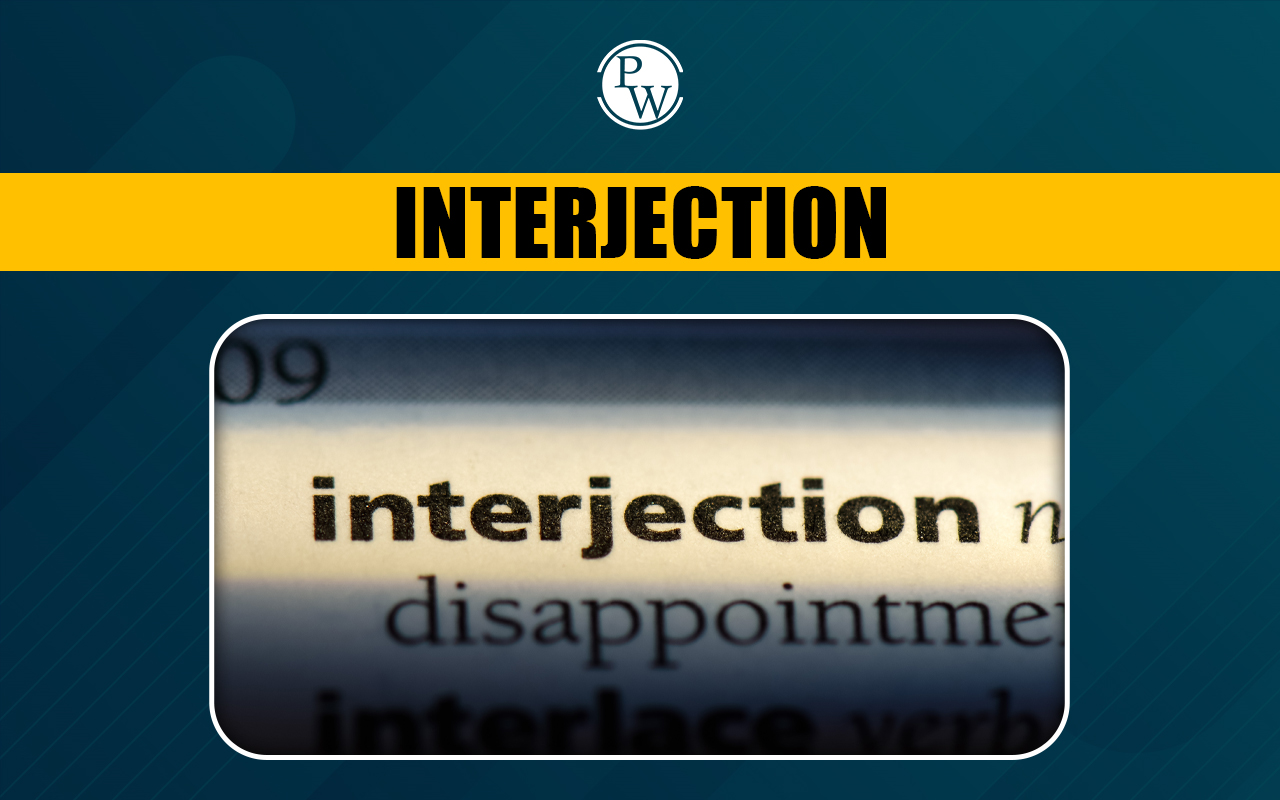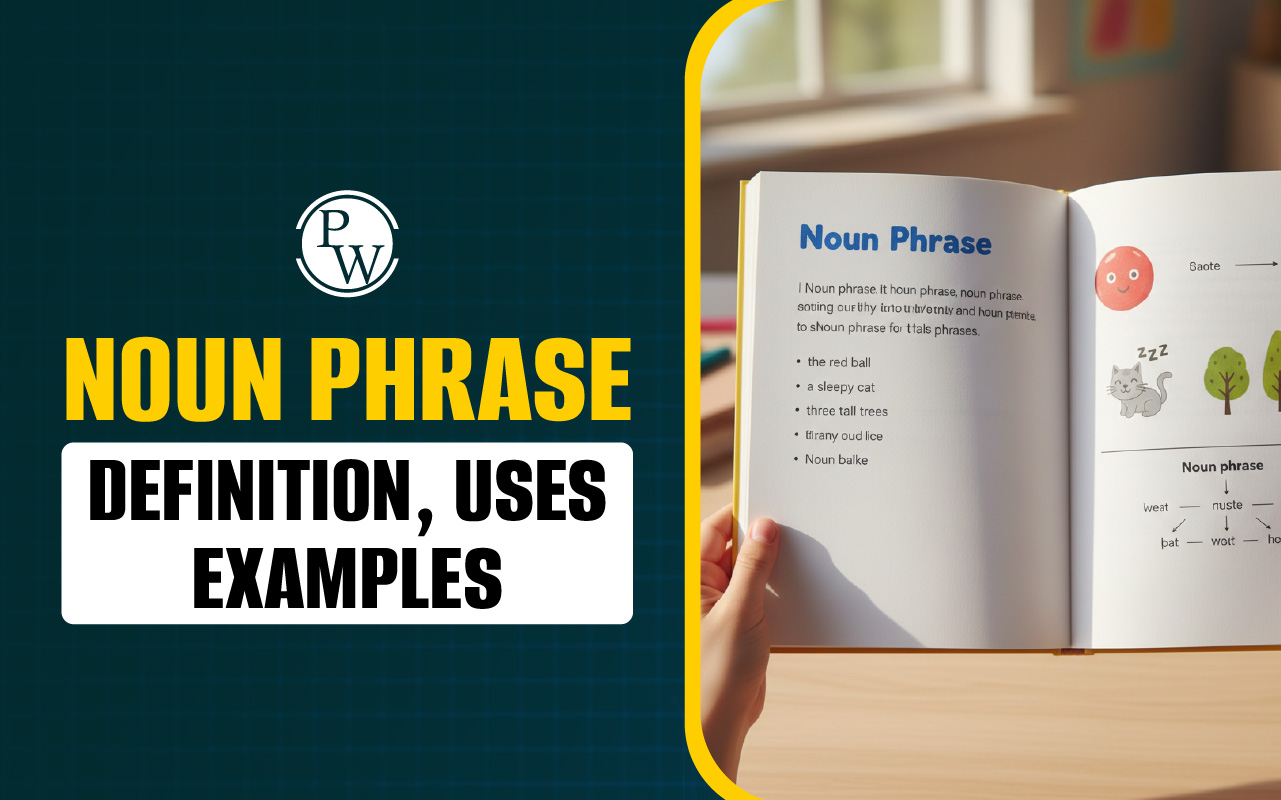
What is Coding and Decoding?
Coding and decoding are interesting concepts used for expressing words, numbers, or sentences in an encrypted form. It requires special skills to recognize the logic and patterns to get into the original meaning by decoding the message.
Young students can be trained to master this skill, and your child could be one of them. It's an effective means of keeping young minds engaged and involved to enhance their deep thinking and reasoning abilities. Here, we will discuss common types of coding-decoding with examples to help you understand how it can sharpen your child's memory and focus.
Also read: Multiple of Fractions
Meaning of Coding and Decoding
Meaning of Coding and Decoding - Coding is the method to denote a word or a number using digits, letters, or symbols based on some set of rules. Decoding is the process of identifying the pattern or the rules behind the coding and writing the coded word or number in its original form.
Coding and decoding are, therefore, related to communicating a message between a sender and receiver who are aware of the rules that a third person cannot understand or comprehend.
Also read: 30 Fun Maths Questions with Answers
Types of Coding and Decoding with Examples
Coding and decoding exercises are like writing and solving puzzles. It involves replacing letters, numbers, or symbols with other letters or numbers based on a specific rule.
If your child is attending primary classes, learning basic types of coding and decoding helps enhance their number sense and logical thinking abilities. It offers fun and exciting ways of learning by writing code and interpreting it independently.
Here, we will discuss different types of coding-decoding with examples:
Letter Coding
Letter Coding is a coding technique to replace letters in a word with other letters based on a pattern. The kids must understand the pattern and decode other words using the same rule.
Example 1:
If 'SCIENCE' is written as 'ECNEICS', how will 'ENGLISH' be written in that same code?
Decoding:
The letters are written in reverse order to codify the given word. So, using the same rule, ENGLISH will be written as HSILGNE.
Example 2:
How can BEST be written if GOOD is coded as HPPE and BETTER as CFUUFS?
Decoding:
Here, the coding uses the next alphabet letter to denote the words. So, using the same pattern, BEST will be written CFTU.
Example 3:
CAT is written as XZG in a certain code, and DOG as WLT. How to write ZEBRA?
Decoding:
Each letter is replaced by another letter by subtracting its position value from 27. For example, C (position value 3) = X (position value 24), T (position value 20) = G (position value 7), etc. So, following the same rule, ZEBRA will be written as AVYIZ.
Also read: Slope Formula
Number Coding
Concept:
In Number Coding, letters are replaced by numbers, using their position value in alphabetical order or other assigned numerical values.
Example 1
If GIRL is coded as "791812, " what is the BOY code?
Decoding:
Here in the alphabetical order, G = 7, I =9, R = 18, and L = 12. According to this rule, B = 2, O = 15, Y = 25.
So, the code of BOY will be: 21525.
Example 2
In code language, BAT = 23 and BALL = 27. What is the value of WICKET?
Decoding:
Here, BAT is decoded as follows:
-
Alphabetic positions: B = 2, A = 1, T = 20.
-
Sum of positions: 2 + 1 + 20 = 23.
Similarly, for BALL,
-
Alphabetic positions: B = 2, A = 1, L = 12, L =12.
-
Sum of positions: 2 + 1 + 12 + 12 = 27.
As per the above rule,
WICKET = 23 + 9 + 3 + 11 + 5 + 20 = 71.
Example 3
The code of ROAD is coded as 3579, and DEAF is coded as 9471; then write the code for FEAR.
Decoding:
Here, R = 3, O = 5, A = 7, D = 9, E = 4, F =1
So, the code for FEAR will be 1473.
Also read: Basic Maths symbols With Name, Meaning and Examples
Symbol Coding
Concept: In Symbol coding, you replace letters or words with symbols.
Example 1
In a code language, if # = 6, @ = 3, $ = 5 and % = 10, then write the value of $+@+ + # - %
Decoding:
$ + @ + # - % = 5 + 3 + 6 – 10 = 4
Example 2
In code language, GOAL is written as &@%#, and FOLD is written as *@#$, then write the code for GOLD.
Decoding:
Here, G = &, O = @, A = %, L = #, F = 8, D = $
Therefore, GOLD = &@#$
Substitution Coding
In this coding, words are substituted with other words or numbers. It is typically used to code and decode words or an entire sentence.
Example 1
In a code language, 'Sky is blue' is written as 'kit ra to' and 'Ocean is deep' is written as 'per ra me', then what is the code for 'is'?
Decoding
In these two sentences, 'is' is the common word, and in the coded language, 'ra' is the common word.
So, the code 'ra' represents the word ‘is’.
Example 2
In a code language, if 'Sky is blue' is denoted by 867 and 'Ocean is vast' is denoted as 364, what is the code for 'Sky is vast'?
Decoding
Here, sky = 8, is = 6, blue = 7, ocean = 3, vast = 4
Therefore, the code for 'Sky is vast' will be 864.
Also read: 3D Shapes - Definition, Properties, Types and Formulas
Tips to Solve Coding and Decoding Questions Faster
Learning coding and decoding can be fun for children, and they can learn them through some systematic steps that lead to quick and accurate answers. Here are the tips how to approach the coding-decoding exercises for quick solutions:
-
Look for patterns: Identify how the letters, numbers, or symbols relate to the code.
-
Consider position: Look into the order of the letters, numbers, or symbols.
-
Break down coded message: Try breaking down the code into smaller parts to simplify the patterns.
-
Focus on Common Words: In substitution coding, find common words in multiple sentences to identify the correct code.
Coding-decoding is an interesting and engaging method for recognizing patterns and relationships, and representing words and numbers in symbolic form. It encourages innovative and logical thinking, boosting brain power to perform quick mental calculations.
Also read: Factorization Formula
Boost Your Child's Brainpower with Mental Math Classes
Does your child struggle with mental calculations or feel lost in numbers? That's where Mental Maths Online Classes bring positive results. It helps students from classes 1 to 8 sharpen their mathematical skills and confidently overcome academic hurdles. The engaging learning sessions develop analytical thinking, confidence, and a long-term interest in math.
Key features of our mental maths online classes:
-
Daily live sessions teach children smart mental math techniques like patterns, sequencing, coding-decoding, etc, to improve calculation speed.
-
Our expert mentors teach complex topics through visual aids, puzzles, and engaging exercises that make math learning fun and interesting.
-
Mental math courses help your child solve questions quickly, practice and learn quick tricks, and get regular support to clarify doubts.
-
We closely track your child's progress through assessments and provide personalized feedback to guide them to improve and excel.
Mental maths class by CuriousJr helps your child to build a strong number sense, recognize patterns, and apply smart and interesting calculation techniques. Book a demo class today and see how your child learns math through fun activities, and improve their academic performance.
Coding and Decoding FAQs
What is mixed coding?
What are the practical applications of coding and decoding?
What is the ideal age for learning coding and decoding?
Is coding-decoding learning suitable for every child?










